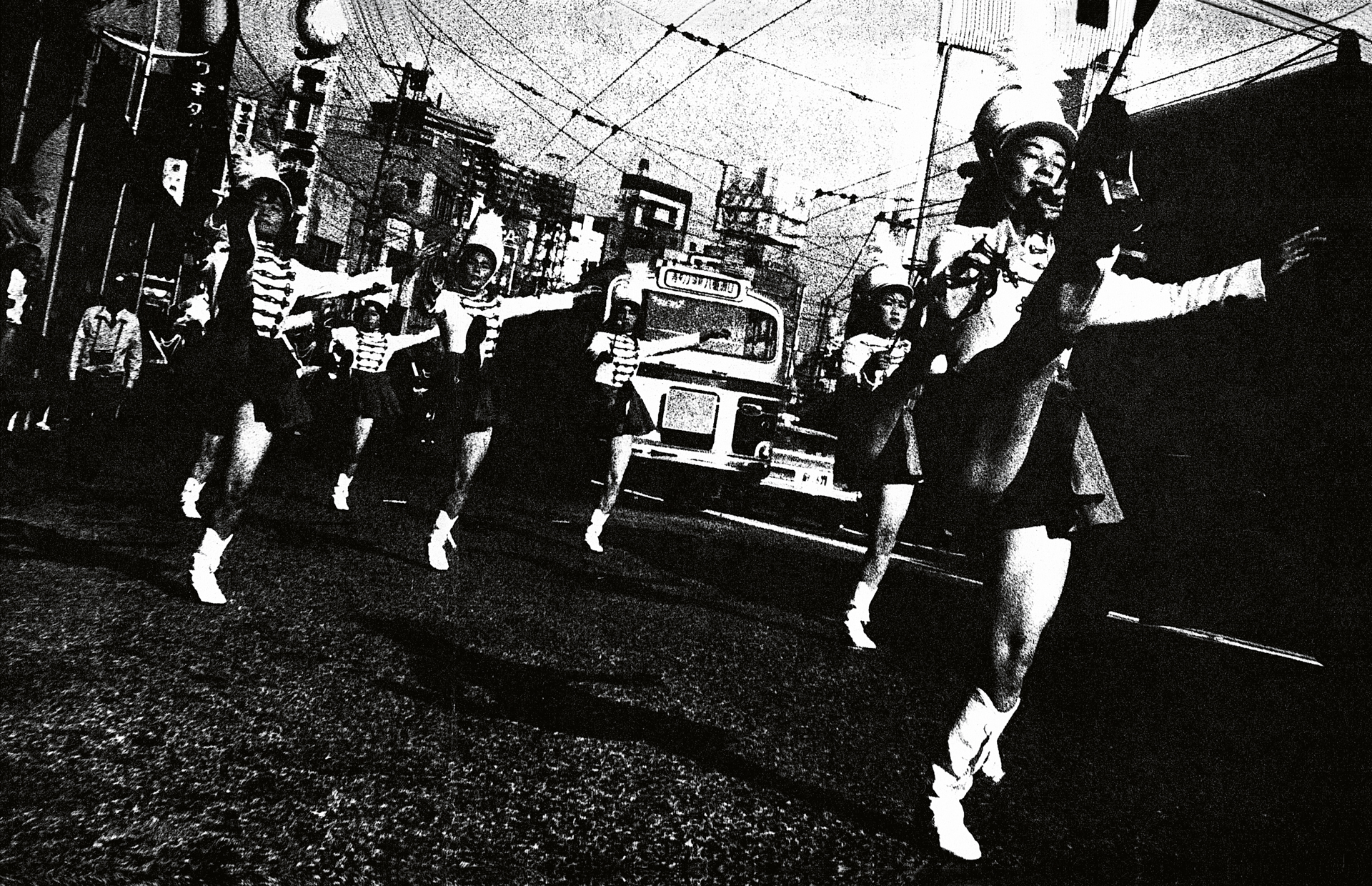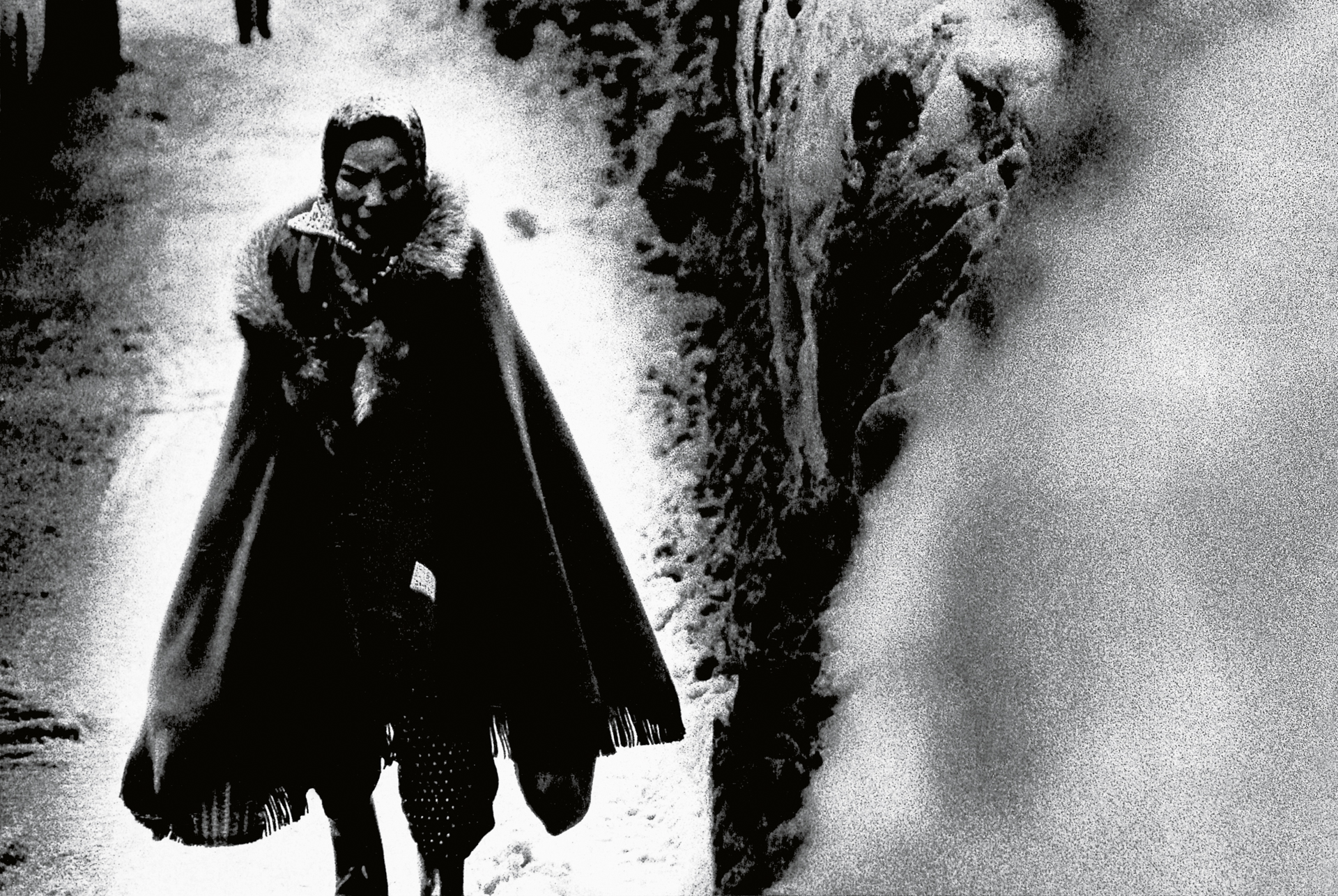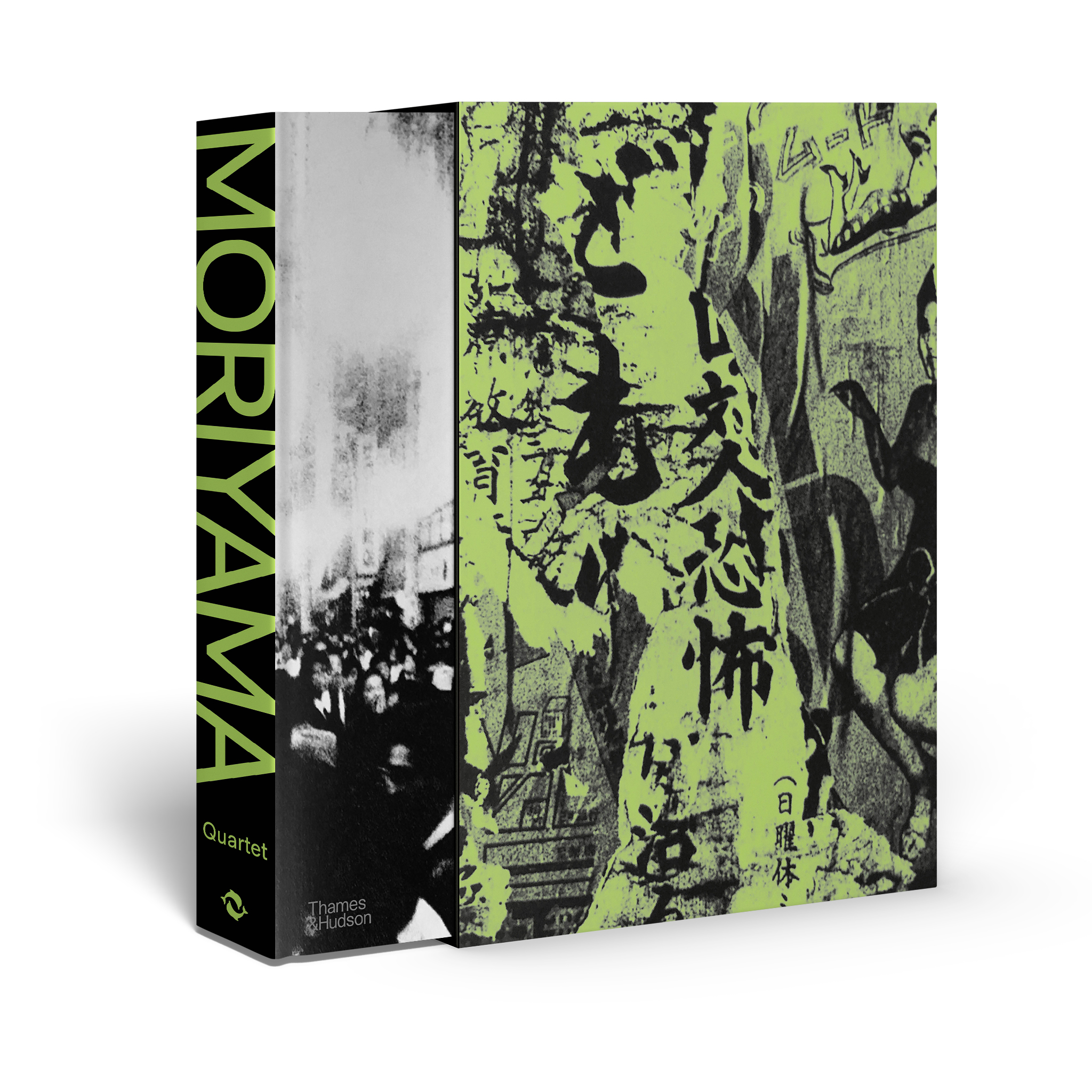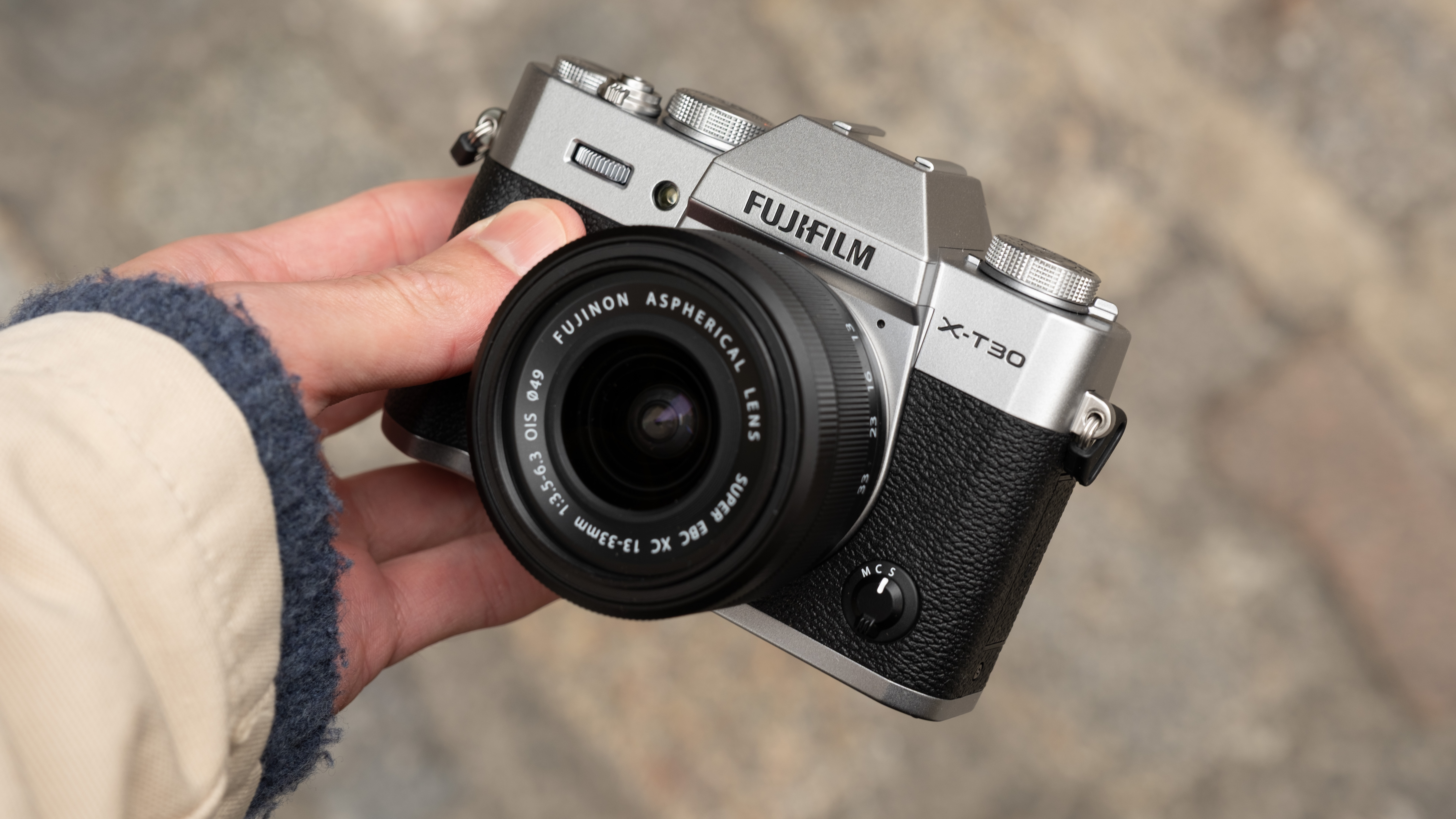Every street photographer should know the work of Daido Moriyama
Soon available in a single volume, 'Quartet' brings together the four foundational photobooks that defined Moriyama’s radical vision

Few photographers have carved a path as distinctive and influential as street photography legend Daido Moriyama. For many, his images – grainy, fractured and restless – changed how we think about street photography.
For decades, Moriyama has been an icon. A wanderer with a camera, his Record journals are still releasing new volumes into the world – proof that, at 86, he hasn’t slowed his pace. Yet behind this vast body of work lies a beginning: four foundational photo books that defined his voice and set him on his trajectory.
This month, Thames & Hudson brings those works together in Daido Moriyama: Quartet, an anthology that collects Japan: A Photo Theater (1968), A Hunter (1972), Farewell Photography (1972), and Light and Shadow (1982) in a single volume.
These are not just early experiments. They are, as author and editor Mark Holborn recognizes, the bedrock of Moriyama’s practice; the books that established him as one of the most radical and uncompromising voices to emerge from postwar Japan.
For years, these titles have existed as legends; hard to find, expensive to own, their influence discussed more often than seen. To encounter them now, sequenced as originally intended and framed with material from Moriyama’s diaries and notebooks, is to trace the arc of an artist becoming himself.
Moriyama came of age in a Japan defined by transformation. The late 1960s through the early ’80s were a period of rapid modernization, political turbulence and cultural change. His response was to reject the formalism of earlier documentary work, opting instead for something urgent and instinctive, images that felt torn from the world rather than composed.
Japan: A Photo Theater announced this approach. Shot in Tokyo's entertainment districts, it was theatrical in every sense: actors and actresses posed alongside moments stolen from the streets, a collision of performance and reality.
The best camera deals, reviews, product advice, and unmissable photography news, direct to your inbox!
In A Hunter, Moriyama went further, embracing what he later called 'are, bure, boke' (grainy, blurry, out-of-focus) – a visual language that conveyed sensation over description.
Then came Farewell Photography, perhaps his most confrontational book, where images collapse into abstraction, negatives are scratched and overexposed, and the very act of photographing is turned inside out. It was both a critique and a liberation, a refusal to play by the rules.
By the time of Light and Shadow in 1982, the chaos had settled into something more measured, yet no less distinctive: a study of contrasts, of momentary brilliance against darkness, a metaphor for the balance that would define his later work. Taken together, these books map an evolution, one that still ripples through photography today.
I first encountered Moriyama in the pages of his journal, Record. What struck me then, and still does, is his philosophy. The way he talks about being present, shooting without hesitation, and valuing feeling over technical precision. In an era obsessed with resolution and perfection, Moriyama reminds us that imperfection can hold more truth.
This is not the first time Thames & Hudson and Holborn have worked with Moriyama’s archives. Previous projects such as Record and Record No. 2 opened a window onto his lifelong visual journal, a series that continues to this day.
Where those volumes captured his ongoing practice, Quartet looks backward, to the years when his language was still forming, and shows just how daring those steps were. Like Record, this release is brilliantly designed, housed in a slipcase and beautifully presented; a book to live with, not just shelve.
Moriyama’s influence has always loomed large in Japan, but in recent years his reputation in the West has surged. Major exhibitions, critical essays and the continued publication of his Record journals have brought his name to new audiences.
In that climate, Quartet feels both timely and necessary – a way to revisit the foundations of a career that now seems monumental. It also serves as a reminder that radical work rarely begins fully formed. These four books span fifteen years. A period of searching, breaking rules, and rebuilding.
For those who know his work, it’s a chance to reconnect with the energy of his early years. For those who don’t, it’s the perfect place to start.
Daido Moriyama: Quartet by Mark Holborn is published by Thames & Hudson and priced at $75 / £65 / AU $145. It is scheduled for release in the UK at the end of August and in the US in mid-September.
🇺🇸 Pre-order Daido Moriyama: Quartet at Amazon US
🇬🇧 Pre-order Daido Moriyama: Quartet at Amazon UK
you may also like
Check out other articles on Daido Moriyama, such as Record 2 by Daido Moriyama and Did you know that one of Japan's greatest photographers built his career using Nikon Coolpix compact cameras?
Also, stay tuned for an interview with author and editor of Daido Moriyama: Quartet, Mark Holborn, where we discuss Moriyama's work, influence, and the creation of Quartet.

Kalum is a photographer, photo editor, and writer with over a decade of experience in visual storytelling. With a strong focus on photography books, curation, and editing, he blends a deep understanding of both contemporary and historical works.
Alongside his creative projects, Kalum writes about photography and filmmaking, interviewing industry professionals, showcasing emerging talent, and offering in-depth analysis of the art form. His work highlights the power of visual storytelling.
You must confirm your public display name before commenting
Please logout and then login again, you will then be prompted to enter your display name.





